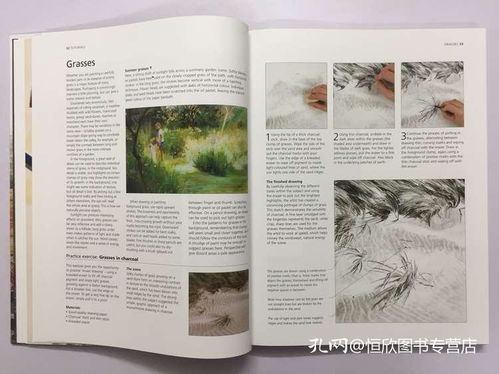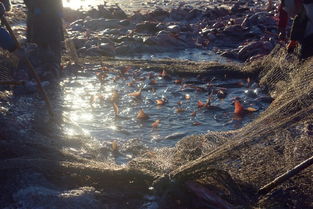Content:
Fishing in botanical gardens may not be a conventional pastime, but it offers a unique and serene experience that combines the tranquility of nature with the timeless pleasure of angling. Whether you're a seasoned fisherman looking for a new challenge or a beginner eager to try your hand at fishing in an unconventional setting, here are some essential tips and techniques to help you master the art of fishing in botanical gardens.
Understanding the Environment
Research the Species: Before setting out, research the types of fish that inhabit the botanical garden's ponds and lakes. Some common species include koi, goldfish, and rainbow trout. Understanding their habits and preferences will help you choose the right bait and tackle.
Location, Location, Location: The best spots for fishing in botanical gardens are often near water features, such as ponds or streams. Look for areas where the water is calm and there are plenty of submerged plants, as these are likely to attract fish.
Equipment and Tackle
Select the Right Rod and Reel: For botanical garden fishing, a lightweight spinning rod and reel are usually sufficient. The length of the rod should be appropriate for the distance you plan to cast and the type of fish you're targeting.
Choose the Right Line: Use a monofilament line that is both flexible and strong. The thickness of the line should be based on the size of the fish you're aiming to catch. For small fish like koi and goldfish, a line thickness of 4 to 6 pounds test is usually adequate.
Select Appropriate Lures and Bait: In botanical gardens, live bait such as worms or crickets can be very effective. However, artificial lures and bait like small spinners, jigs, or soft plastics can also work well. It's important to match the bait to the species you're targeting.
Fishing Techniques
Patience is Key: Fishing in botanical gardens requires patience. Fish may be less active than in other environments, so be prepared to wait for a bite. Stay calm and enjoy the surroundings.
Cast with Precision: When casting in a confined space like a botanical garden, precision is crucial. Aim for spots where you see fish activity or submerged vegetation, as these areas are more likely to hold fish.
Adjust Your Technique: If you're not getting bites, try changing your technique. This could mean altering your bait, changing the depth of your lure, or experimenting with different retrieval speeds.
Be Aware of Surroundings: In a botanical garden, you'll be sharing the space with other visitors. Be mindful of your casting distance to avoid disturbing others or hitting them with your line.
Etiquette and Conservation
Follow the Rules: Botanical gardens often have specific rules regarding fishing. Make sure you understand and adhere to these rules, which may include fishing hours, catch-and-release policies, or restrictions on certain areas.
Respect the Environment: Keep the environment clean and respect the plants and wildlife. Dispose of your trash properly and avoid causing any damage to the natural surroundings.

Practice Catch and Release: If the botanical garden has a catch-and-release policy, follow it. This helps to maintain the health of the fish population and preserve the beauty of the garden.
In conclusion, fishing in botanical gardens can be a rewarding experience if approached with the right mindset and techniques. By understanding the environment, selecting appropriate equipment, employing effective fishing methods, and respecting the natural surroundings, you can enjoy a peaceful day of angling amidst the splendor of nature. Whether you're a beginner or an experienced angler, the tranquility of a botanical garden can add a new dimension to your fishing adventures.












